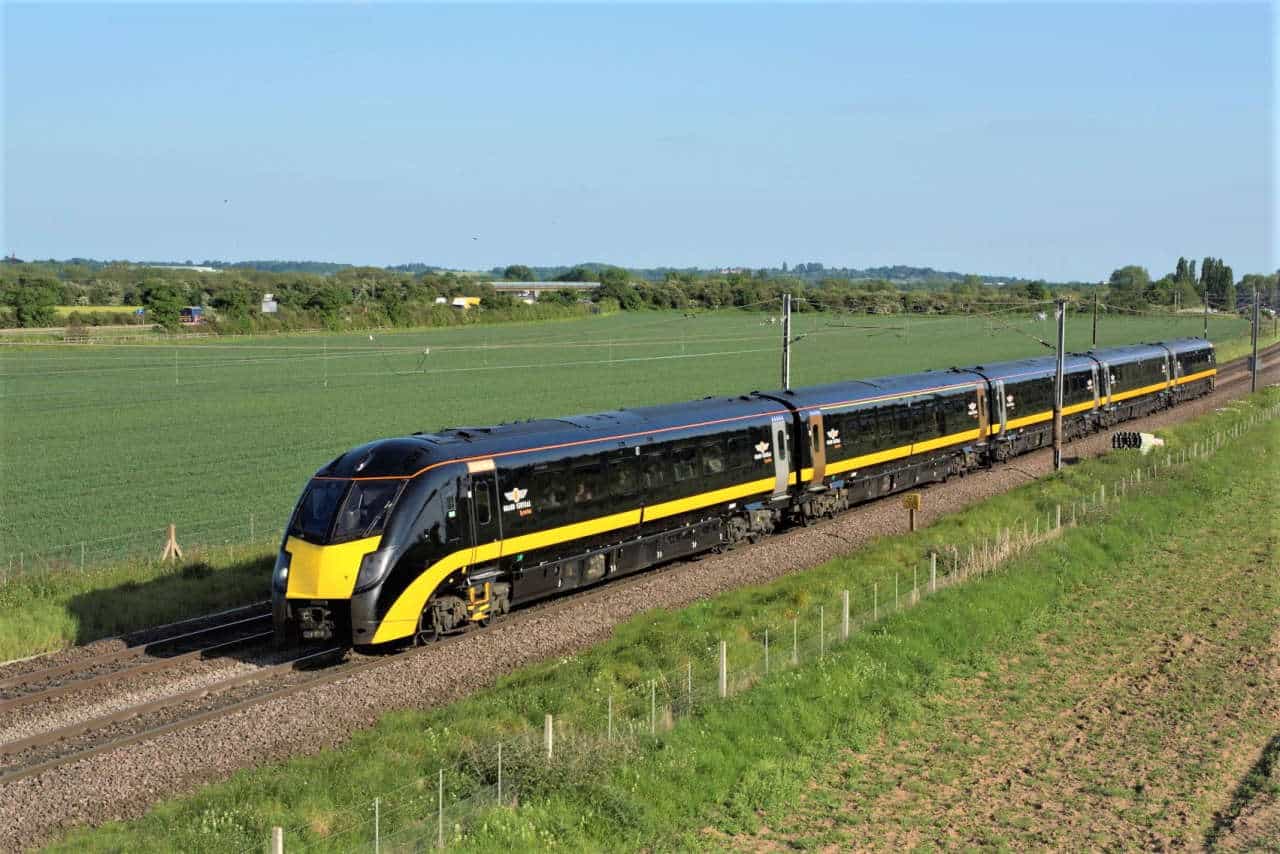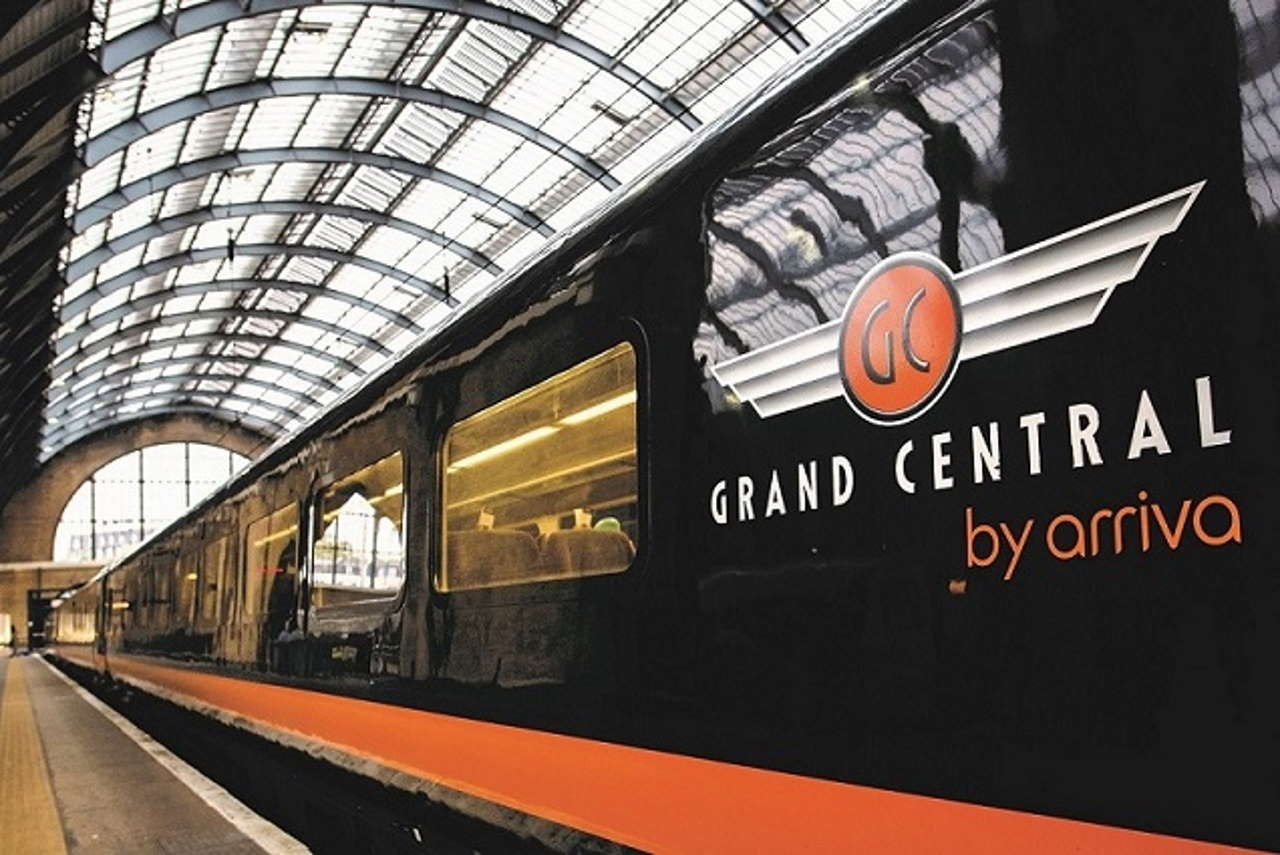The Rail Accident Investigation Branch has released Urgent Safety Advice after a second over-speeding incident took place through Spital Junction, which is close to Peterborough station on Thursday the 4th of May.
The advice reveals that arrangements may not currently be in place which should mitigate the risk of trains travelling southbound at excessive speeds through Spital Junction as they are signalled from the Up Fast line moving onto the Up Slow lines of Peterborough Station.
Spital Junction is controlled by the P468 signal and is situated 700 metres ahead of the point where the tracks divide.
The signal features a position light junction indicator which informs drivers of their signalled route, however in some circumstances the signal clears from red as the train nears as a diverging route it set.
Spital Junction has a maximum speed when diverging through the junction of 30mph, which reduces to 25mph.
It is unusual for train drivers approaching Peterborough station from the north to be routed towards slow lines when the trains in question are not stopping at the station.
This situation may lead to an assumption that their train will remain on the Up Fast line and information given by the P468 signal is missed as their train is signalled onto the diverging route.
Under such circumstances, the distance from which a proceed aspect for the P468 signal can be seen by approaching trains and the distance from the signal to the junction is sufficient for a driver to accelerate to speeds which could lead to derailment by overturning when travelling through the junction.

The Rail Accident Investigation Branch has issued advice to Network Rail and those who operate trains on the East Coast Main Line with services running through Peterborough station to undertake immediate action, either operationally or technically, to mitigate the risk.
The investigation currently underway by the agency saw an incident take place on the 17th of April 2022 when a Lumo service heading from Newcastle to London King’s Cross did not see or respond to the P468 signal junction indicator showed it would be moving on to the slow lines of Spital Junction.
The driver thought the train was staying on the Up Fast line and accelerated reaching speeds of 76mph as it passed through the junction.
The incident which took place on the 4th of May saw a Grand Central service travelling from Sunderland to London King’s Cross also did not observe the P468 signal junction indicator, which also revealed that the train was to use the slow lines of Spital Junction.
Once again, the driver believed they were to stay on the Up Fast line and accelerated reaching speeds of more than 65mph.
To see the advice in full, please visit here.






Responses
Sounds like we need more automation. The signalling system already knows the speed limits implied by route – setting, so that info should pass straight to the train. In fact it would make more sense for the trains to be automatically controlled now, although there would be exceptions including weather related issues… This is no disrespect to drivers, but the situation where road vehicles are driven in the main autonomously and trains are not cNnot continue for long
There are clearly human factors issues with expectation of continuing on the main line when the signal clears from red to green, also unfamiliarity with alternative, rarely used routings. The other issue is modern high performance trains which can accelerate rapidly – in contrast to low power to weight traction in the past. Network Rail needs to review other junctions where signals are placed well back from lower speed diverging routes.
That’s appaliing driving. How can the driver not see the junction indicator? Presumably the driver wasn’t on a green given the trains speed. So why did they speed up? Don’t they know the route?
In my view these are offences that warrent instant dismissal. But the unions would not be having that. They’ve long covered up for bad drivers.